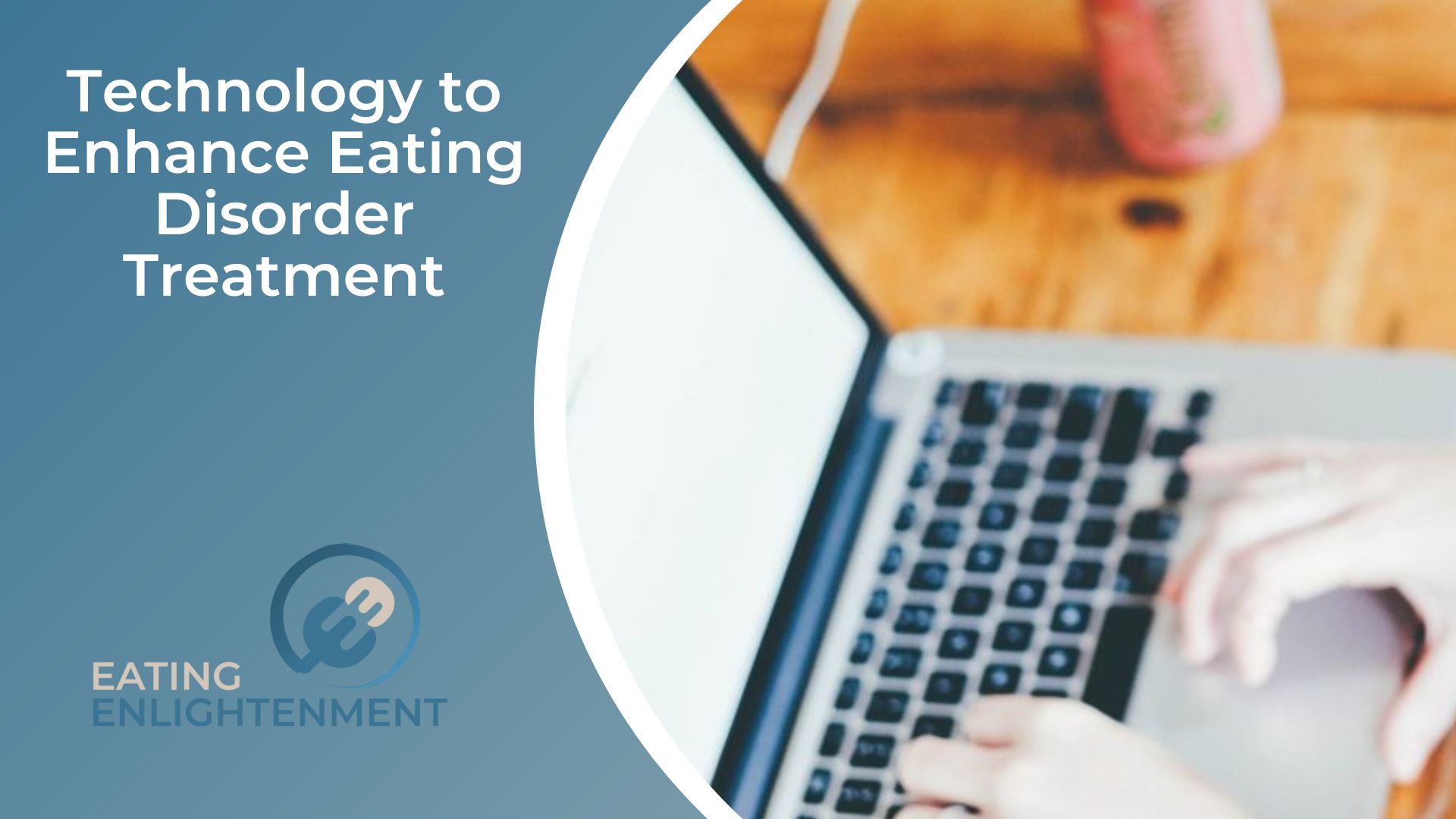According to The National Association of Anorexia Nervosa and Associated Disorders (ANAD), eating disorders are mental illnesses that affect individuals of every age, size, race, gender identity, and sexual orientation.
At least 9% of the global population is affected by eating disorders, while 28.8 million Americans, or 9% of the US population, will experience an eating disorder at some point in their lifetime.
It is noteworthy that less than 6% of individuals diagnosed with an eating disorder are medically underweight. Among mental illnesses, eating disorders are the second deadliest, following an opioid overdose.
While treatment options are available, it can be challenging to provide effective care due to the complex nature of these disorders. Fortunately, advances in technology have led to new opportunities to enhance eating disorder treatment.
In this article, we will explore best practices for mental health professionals to use technology to provide more effective and accessible care for individuals with eating disorders.
Teletherapy

Teletherapy is a form of treatment where the patient and mental health professional communicate via video chat, phone, or other technology. This can be particularly useful for patients who are not able to attend in-person appointments due to their eating disorders or other reasons.
Teletherapy also offers greater flexibility for both the mental health professional and the patient, allowing them to choose when they would like to meet with their therapist based on their schedule instead of what is available at a specific time during office hours.
According to Forbes Health, teletherapy has become a popular option for mental health treatment, especially during times of increased need. According to a recent survey conducted by YouGov for Forbes Health, out of over 1,200 U.S. adults, 63% of those who tried teletherapy found it to be effective.
Nutrition and Food Tracking Apps
Nutrition and food tracking apps can be powerful tools for helping patients with eating disorders maintain a healthy relationship with food. These apps allow mental health professionals to monitor their patients’ food intake and ensure that they are meeting their nutritional needs.
They can also provide patients with a sense of control over their eating habits and help them identify problematic patterns or triggers. Mental health professionals can recommend apps that are specifically designed for eating disorder patients, such as those that focus on meal planning and tracking or general nutrition apps that can be customized to meet individual needs.
Overall, these apps can play an important role in supporting patients’ recovery from eating disorders.
Mindfulness Apps
According to Allied Market Research, mindfulness meditation apps can be easily downloaded and accessed on various devices, including smartphones, smartwatches, and tablets. These apps help individuals cope with stress, chronic pain, high blood pressure, and various mental health conditions by guiding breathing techniques, muscle and body relaxation, and mental imagery.
The global market for mindfulness meditation apps was valued at $97.6 million in 2021 and is expected to reach $307.1 million by 2031, with a compound annual growth rate (CAGR) of 12.4% from 2022 to 2031. Mindfulness and meditation practices can effectively manage symptoms associated with eating disorders, such as anxiety and depression.
Mental health professionals can recommend mindfulness apps as a way to encourage patients to incorporate mindfulness and meditation into their daily routines. These apps can also provide patients with a sense of control over their mental health and help them cultivate a greater sense of self-awareness.
Online Support Groups
Online support groups can be a valuable resource for patients with eating disorders, as they provide a safe and supportive space for individuals to connect with others who are going through similar experiences. Mental health professionals can recommend specific online support groups or even facilitate support groups for their patients.
These groups can offer patients a sense of community, reduce feelings of isolation and loneliness, and provide a platform for discussing challenges and sharing coping strategies. Online support groups can also be more accessible for patients who may have difficulty attending in-person support groups due to their eating disorders or other barriers.
Wearable Devices
Wearable devices such as fitness trackers can be helpful tools for patients with eating disorders who are looking to establish healthy exercise habits. These devices can monitor physical activity levels, allowing patients to set goals and track their progress.
For patients in recovery from an eating disorder, wearable devices can provide a sense of structure and accountability, which can be particularly helpful during the early stages of recovery.
However, it’s essential for mental health professionals to encourage patients to use these devices in a healthy and balanced way rather than becoming overly focused on exercise or physical activity to the detriment of other aspects of their recovery.
Mental Health Practice Management Software
Mental health practice management software, like Owl Practice, can be a valuable tool for mental health professionals, as it helps them manage their practice and patient information more efficiently. The software includes features such as scheduling and appointment reminders, billing and invoicing, and electronic health records (EHRs) that allow for easy tracking of a patient’s progress and treatment history.
Using practice management software can free up mental health professionals’ time to focus on providing quality care to their patients while also ensuring continuity of care and compliance with regulatory requirements. Overall, practice management software can streamline administrative tasks and improve the overall efficiency and effectiveness of mental health practices.
Virtual Reality Therapy
Virtual reality therapy is an innovative treatment approach that uses virtual reality technology to simulate real-life situations and help patients overcome specific fears or phobias related to food and body image. By exposing patients to virtual environments that trigger anxiety or distress, virtual reality therapy can help them learn new coping strategies and develop a greater sense of control over their thoughts and emotions.
This type of therapy can be particularly effective for patients who may have difficulty accessing real-world situations or who may be hesitant to engage in exposure therapy in a traditional setting.
Conclusion
In this article, we’ve discussed how technology can be used to help treat eating disorders. We’ve outlined some best practices for using technology in therapy and provided specific examples of apps that can be helpful for patients with anorexia nervosa, bulimia nervosa, or binge-eating disorder.
Most importantly, we hope that mental health professionals will consider how they might integrate these tools into their practices. Not only because they’re convenient and cost-effective but also because they offer something unique. A way for patients to access support outside of face-to-face sessions with their therapist or psychiatrist.



